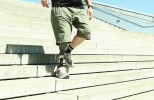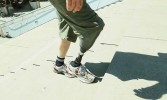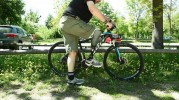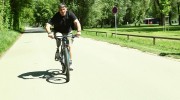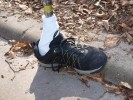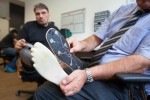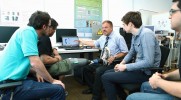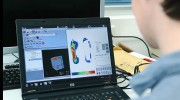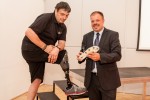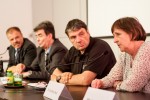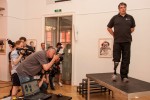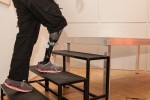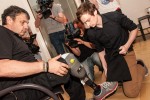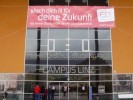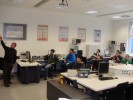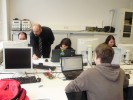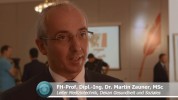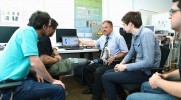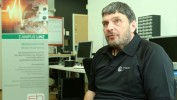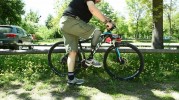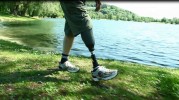Download
 Press Conference “Application of first feeling prosthesis” Concordia Center, Vienna, 8th of June 2015
Press Conference “Application of first feeling prosthesis” Concordia Center, Vienna, 8th of June 2015
Case Study
For years an Austrian patient suffered torturous, crippling pain following a leg amputation, which severely limited his life. Different types of physical therapy did not succeed in relieving his pain. Finally, a customized concept for a prosthetic leg that can feel turned the 54-year-old´s life around again.
Positive study results under laboratory conditions
Wolfgang R. (54), a pedagogue from Upper Austria, had one of his legs amputated in 2007. Despite being fitted with a standard prosthesis, the father of a family suffered from the typical pains associated with amputations and remained largely immobile (symptoms can appear immediately or years after the procedure and be more or less weather-sensitive). In 2013, the patient was included in the study project “Prosthetic leg that can feel”, run jointly by the Innsbruck University Clinic for Plastic, Reconstructive, and Aesthetic Surgery and the Department of Medical Engineering of the FH Upper Austria. In October 2014, he underwent a selective nerve transfer procedure termed Targeted Sensory Reinnervation (TSR). The main indication for this procedure was to alleviate pain from neuroma by rerouting (and partially removing) nerves. Feedback sensor technology developed at the FH Upper Austria sends information about pressure from the sole of a micro-processor controlled foot prosthesis to nerve fibers re-directed from the foot to skin areas of the amputation stump. This way the wearer of the prosthesis can feel on the sole of his prosthetic foot – he can sense the nature of the ground and recognize obstacles. The study results show: the new technology reduces the risk of falls and the restored transfer of information makes for a more natural integration of the prosthesis into the body concept of the patient; not least, the rerouting of nerves has meanwhile completely eradicated the pain. The patient is no longer in need of pain medication.
Re-activation of nerve stumps for prosthetic fitting
On the one hand, information is relayed from the main „control center“, the brain, to the body via the pathways of motor nerves; on the other hand sensory nerve pathways transmit information from the body to the brain. The somatic part of the sensory nervous system registers information such as touch, temperature, or pain from the environment and sends it to the brain, the locus of conscious and unconscious perception.
When patients undergo amputations, some of their somatosensoric nerves are severed. The nerve stumps that remain in the body are intact, but no longer receive any information. The result is a painful neuroma at the end of the severed nerve. The lack of sensory information also leads to a type of overcompensation within the cortical representation of the concerned limb, generating signals autonomously in the brain, which can additionally lead to phantom pains.
During Targeted Sensory Reinnervation (TSR), severed sensory nerve endings are rerouted surgically into skin areas of the amputation stump, so that they establish connections with receptors (biological stimulus sensors). In this study, six stimulators (artificial stimulus creators), placed on the skin surface, excite the receptors in the skin area treated with reinnervation according to the pattern of the current pressure distribution, which is recorded by six pressure sensors on the sole of the prosthetic foot. The electric signals thus generated in the nerve endings (action potentials) are then relayed to the brain similarly to information sent from a natural foot. They represent actual information of the foot that no longer needs to be compensated for by autonomously generated signals.
Case Study – pdf Download (English)
Fallstudie – pdf Download (German)
Free Pictures – jpg (Free Download)



(1) (2) (3)
(1) OA Dr. Eva-Maria Baur (University Clinic in Innsbruck )eva-maria.baur@tirol-kliniken.at
(2) OA Dr. Thomas Bauer (University Clinic in Innsbruck) eva-maria.baur@tirol-kliniken.at
(3) DI.Dr Hubert Egger (University of Applied Sciences Upper Austria) hubert.egger@fh-linz.at


